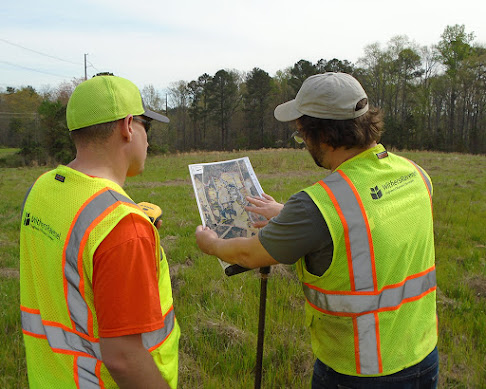Conducting a Phase 1 Environmental Site Assessment or a Transaction Screen Assessment
A Phase I Environmental Site Assessment is an official report procured by individuals, lenders, or financiers within a commercial or rural property transaction. The process identifies potential environmental concerns on a property with a thorough investigation, consultant experience, and consultant knowledge. It is easier for the potential buyer as through Phase I, he can get due diligence before purchasing a property. With the detection of potential environmental concerns, the buyer can make an informed buying decision-purchase or include the purchase price's remediation costs.
Learn some few things that are expected when getting a Phase I:
The environmental consultant or related company will confirm its requirements and essentials to the buyer.
A Careful Examination -
The environmental consultant company performs several jobs to conduct a site assessment.
Some of the tasks included are:
1. Site visit examines the property and notes findings of water storage, water pollution, vegetation, or any other potential contamination.
2. Interviewing concerned authority for property details, including past and current owners, neighbors, and managers of the buildings on site.
3. Conducting a file search for public records to determine the property's history, what the property was used for if there are any environmental spill or release indicators, and what types of permits and plans were filed.
4. Examine historical aerial photographs, current topography for drainage patterns, and any chain of titles for Environmental Liens or Activity.
5. Transaction Screen Assessment - is primarily a scaled-down paraphrase of the Phase I Environmental Site Assessment, California.
Difference between a Phase I ESA and Environmental Transaction Screen Assessment:
Environmental Screen Assessment (ESA) are voluntary methods that identify Potential Environmental Concerns (PECs) for commercial real estate. These are limited environmental due diligence and used for low-risk property types with available past data.
At times, TSA is sometimes used as an option to Phase I Environmental Site Assessments (ESA).
An ESA has a confined reach, including a site visit, analyzing environmental databases, finishing an environmental questionnaire by the owner and consultant doing the transaction screen, and assessing limited historical sources.
The TSA process may be carried either by the user or possible user of the property, while a Phase I Environmental Site Assessment must be led by an environmental consultant company.
Synopsis - Connect with an environmental consulting company to assist you through all the steps of an environmental site assessment.





Comments
Post a Comment